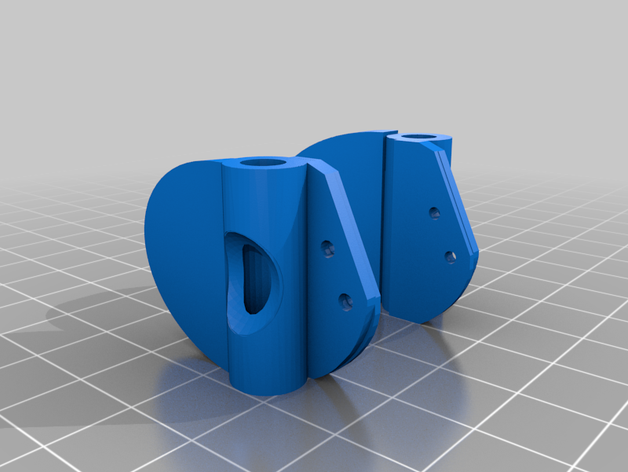

The drone stops doing as much work for you, and you are given more direct controls over the system.
DJI FPV CAMERA MANUAL
M, for manual mode, is a different mode of flying. You can also switch into M in the air, but be forewarned. So you can take off in N mode, then switch to S mode if you want more flexibility and speed while in the air. One of the nice features of the FPV is a large physical switch on the front of the controller that lets you switch modes. It's a great mode to be in for simple takeoff and landing and flying close around obstacles, and it's a great way to get up to speed working with the drone. The drone does a ton of work to interpret your controls to create a smooth flying path. N is going to feel familiar to anyone who has flown a DJI drone in recent years. The FPV has three flying modes-N for normal, S for sport, and M for manual. For the shots it can do with ease, you can get pretty amazing imagery out of the FPV, but you need to be sure you are planning out your shots properly within its limitations. The unit does come with the capability of shooting 4K 60p. If you watch carefully through the promo video, there are amazing, dynamic, beautiful shots, but there are a limited amount of directions of motion available. While you can do that with this drone, moving sideways is going to tend to take the drone off level, and there won't be a gimbal to keep the image stable while you do that. To get a side-to-side or circular tracking shot, the drone is going to have to move sideways. The lack of a gimbal for stabilization makes this drone primarily designed for shots flying straight forward or straight back. As you speed up, the drone tilts downward, and you can pan the camera up to compensate. You can tilt that camera up and down, but that is primarily there to compensate for speed changing the angle of attack of the drone. To get a steady shot, you need to execute a steady shot. While lines like the Inspire, Phantom, and Mavic have a built-in 3-axis stabilizer for the camera that allows for getting stabilized images while you shoot, the FPV camera is built into the unit directly. The FPV could potentially be the "simple to purchase" option to get someone up to speed and work as a gateway to faster drones.īut it's definitely not a filmmaking drone. Most racing drones require customization and are harder to fly. But it is sort of an entryway to drone racing for those curious who want an easy way to learn.

This isn't a "racing" drone per se it's too heavy to be very competitive in the racing space.

The FPV drone is dedicated to one thing: acrobatic and high-speed fun flying with a first-person view for the operator. There are going to be times where you might want to shoot with this, but it's going to be less useful as a film tool than something like the new Mavic Air 2S. Filmmakers are notorious for finding ways to bend things to our needs.ĭJI was nice enough to let us test fly it, and we tested it at Calvert Vaux and in upstate New York and walked away wildly impressed with how fun it is, but still cautious about its usefulness for filmmaking. When DJI first released their FPV drone, we were cautiously curious: while not directly targeted at the filmmaking community, some of the speed and agility it offered seemed like it might be useful. Here's what filmmakers should note about DJI's FPV drone.


 0 kommentar(er)
0 kommentar(er)
